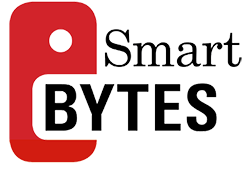Finding the Right Camp for A First-Timer
April 15, 2024

Coming on the eve of the 40th Anniversary of the Individuals with Disabilities Education Act (IDEA), the federal government has released new guidelines clarifying what the goals of an IEP should be for a student with learning disabilities. In simple terms, the U.S. Department of Education states that the IEP should “conform to the state’s academic content standards for the grade in which the child is enrolled.”
For example, a high-school freshman who is reading at a 5th-grade level, must have an IEP that features ninth grade academic content. It is up to the IEP team to tailor the learning experience to ensure that the content is accessible to the student. The new directive makes exceptions for that small segment of the student population with significant cognitive impairment, though it still requires the school to set “ambitious, but achievable goals” to move that child along the continuum toward his or her grade level.
“In the 40 years since this law was enacted, we have moved beyond simply providing children and youth with disabilities access to the school house,” said outgoing U.S. Secretary of Education Arne Duncan. “Today, we want to assure that these students have no less than the same equal shot at the American dream as their nondisabled peers.”
The new guidelines are being released in conjunction with other IDEA resources, some of which are directed specifically toward helping parents support their child’s academic and social needs.